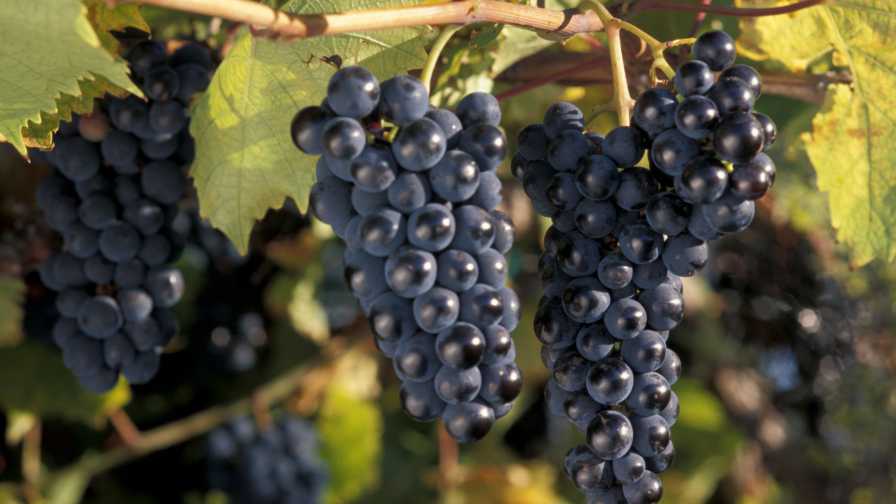Field Sanitation Tips to Prevent Bean Pests
Field sanitation is one of the most important tactics in vegetable pest and disease management. One of the best things growers can do for themselves and their neighbors is to clean up crop residues promptly after harvest. Sanitation is an important integrated pest management technique that should not be overlooked as an effective, preventative tool against many vegetable pest and disease problems. Sanitation includes any practice that eradicates or reduces the amount of pathogen inoculum, pests, or weed seeds present and thus helps reduce or eliminate subsequent pest and disease problems.
Prompt crop destruction at the end of the season will immediately end the production of disease inoculum and insects and eliminate the spread of diseases and pests to any other host plants in the vicinity. In beans, rust can spread via wind from older, diseased plants to plants in surrounding fields that are still maturing. These diseases are obligate parasites. This means they can only grow and multiply on living host tissue. Some plant pathogens, such as the bacterium that causes halo blight and common bacterial blight, are unable to survive for extended periods of time outside of the host tissue. Plowing or disking under infected plant debris helps not only by covering up the inoculum but also speeds up the disintegration of plant tissue and kills the pathogen. Good sanitation will help control a number of important bean pathogens.
Destruction of crop debris after harvest by timely disking will help kill off aphids, thrips, and whitefly populations and eliminate transmission of the bean mosaic and other viruses to subsequent crops. It also eliminates inoculum from rust and other fungal diseases. This is particularly important in the case of bean golden mosaic, as sanitation and whitefly control are the only tools currently available for the management of this disease. A crop-free period also is considered a necessity for the control of a number of important bean pests such as Thrips palmi and is recommended for management of all vegetable pests.
Weed Out Worries
The use of cover crops and summer fallowing of fields also are effective tools in reducing weed populations that can cause problems in the subsequent crop. The role of summer fallow in weed management is often overlooked. Summer fallow keeps new weed seeds from being added to the soil seed-bank. It also reduces the increases in asexual propagated plants like nutsedge. Yellow nutsedge can put out 70 new tubers (nuts) every two months. Keeping the weeds from propagating will reduce the weed problems encountered during the next cropping season and help reduce insects and diseases that may over summer in weedy fields.










